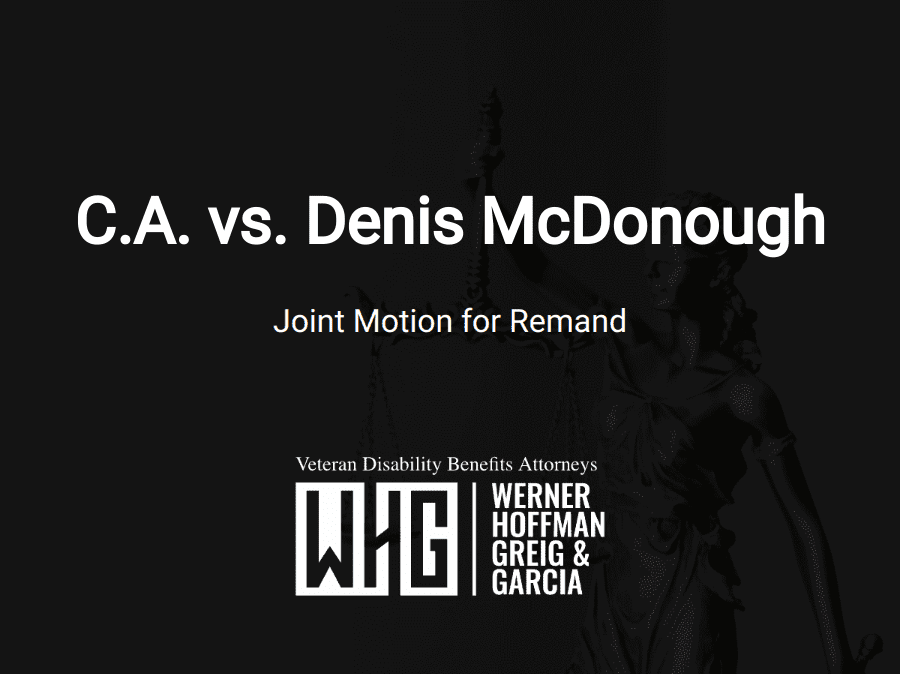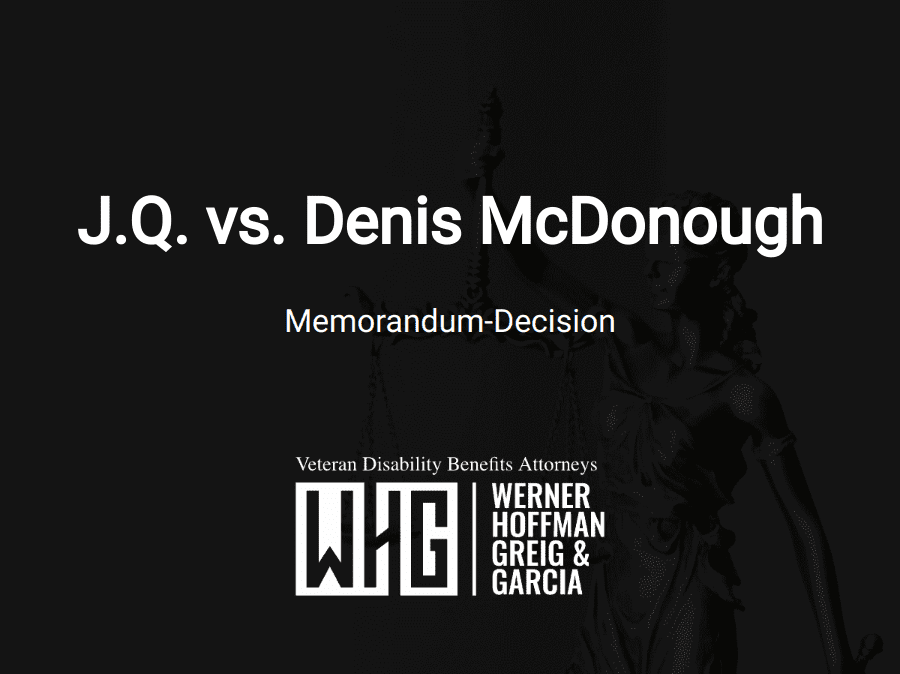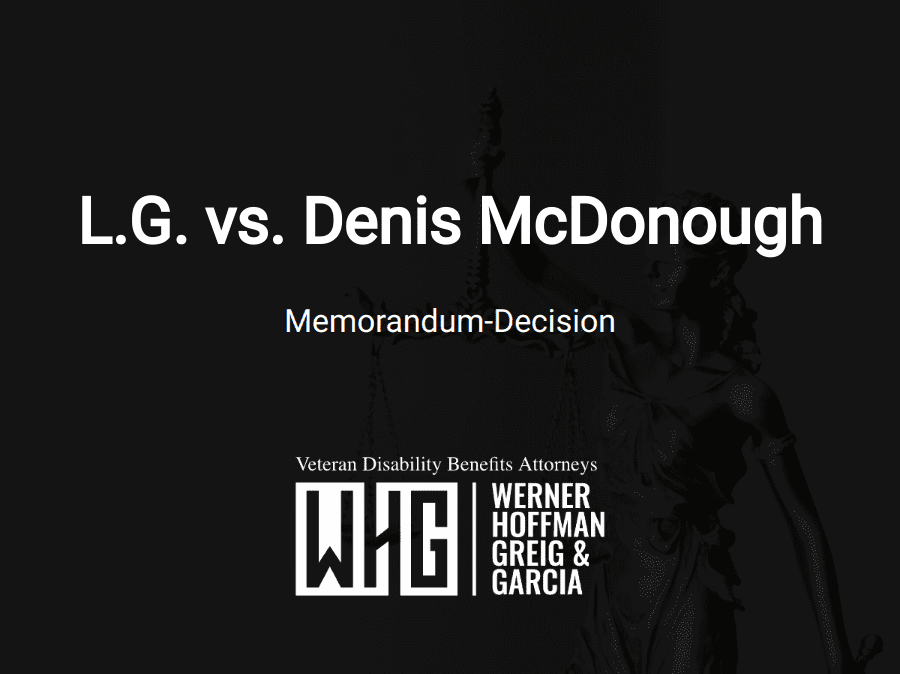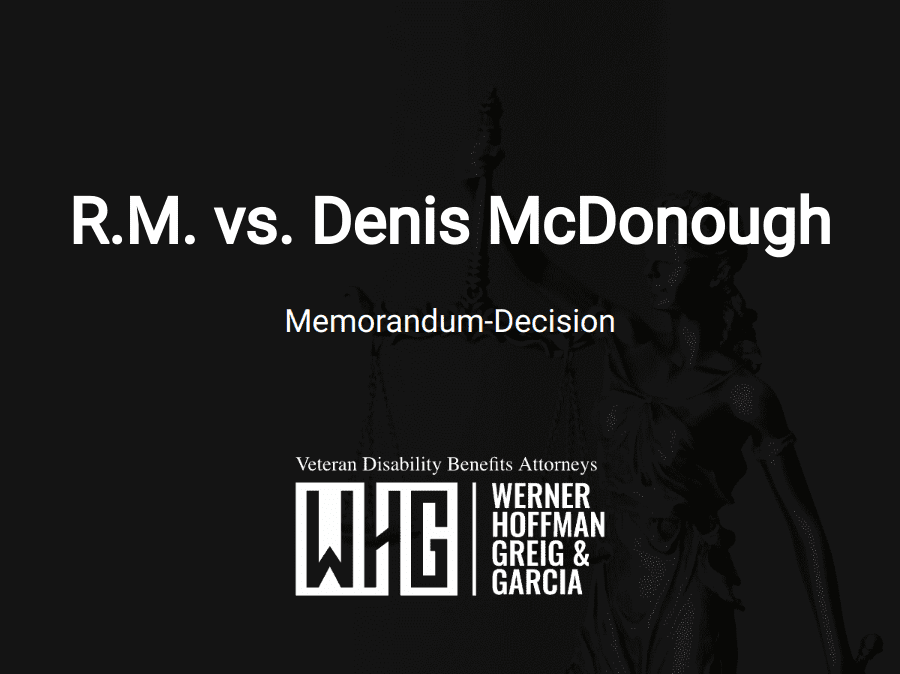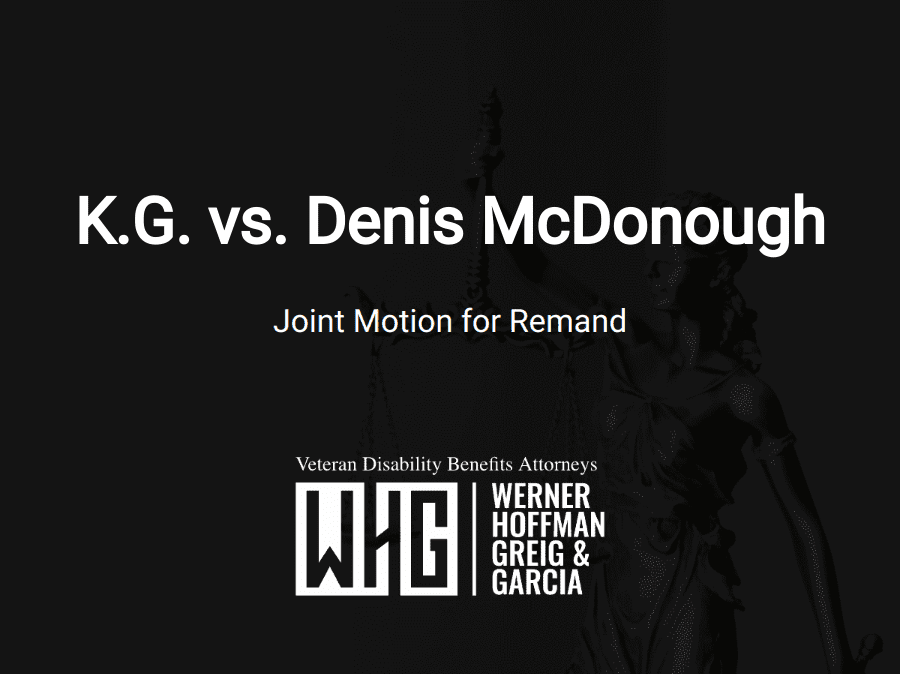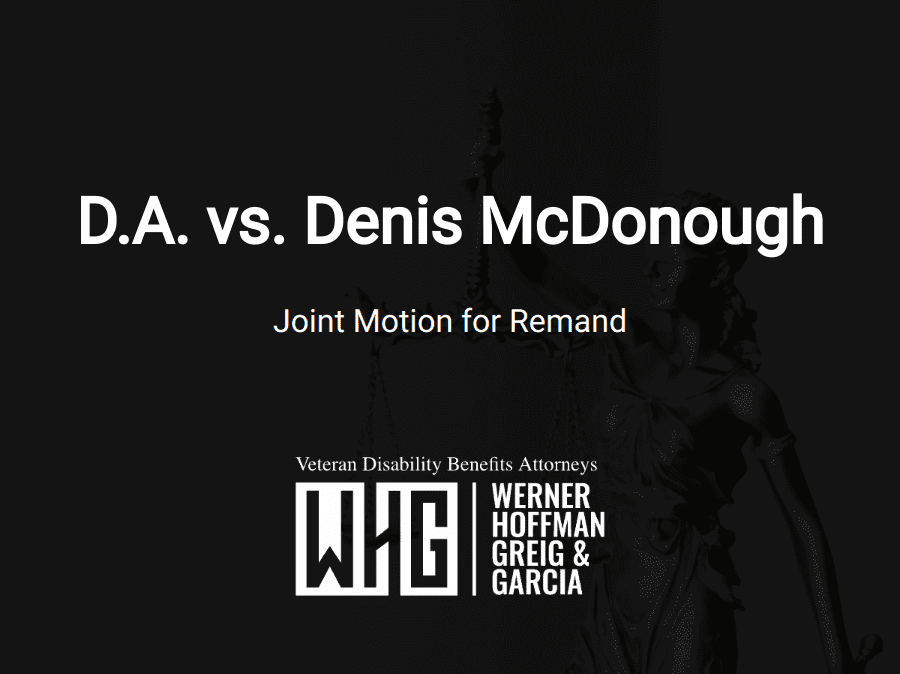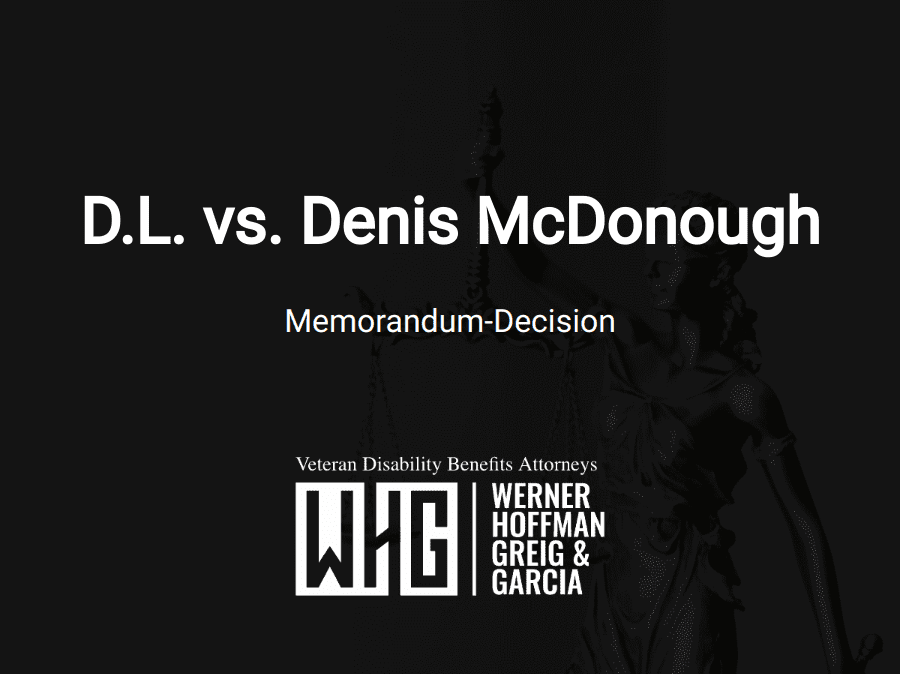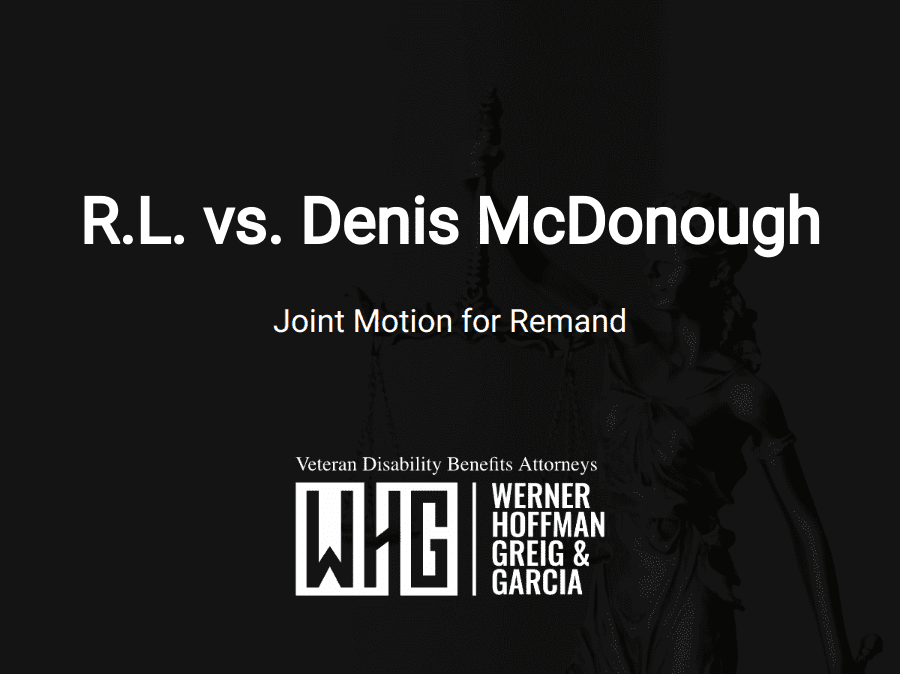WHG scored another win for our client at the Court of Appeals for Veterans Claims. The Department of Veterans Affairs and its attorneys agreed that the Board of Veterans’ Appeals failed to properly evaluate our client’s statements about ongoing back pain since service. This oversight impacted the denial of service connection for his degenerative arthritis of the spine.
Board Overlooked Veteran’s Continuous Symptoms
Our client reported back pain during military service and consistently afterward. Medical records show he expressed back pain since 1992. The Board acknowledged his in-service complaints but didn’t adequately assess his statements about continuous symptoms.
Instead, the Board relied on three VA examinations from June 2017, December 2019, and July 2020. These examinations dismissed his reports and focused on the absence of medical records immediately after service.
Inadequate VA Examinations Ignored Key Evidence
The VA examiners concluded that his back condition wasn’t service-connected. They based their opinions on the lack of major injuries in service and no continuous treatment records.
However, they failed to consider our client’s consistent reports of back pain since service. They also improperly relied on the absence of medical records, which isn’t a valid reason under the law.
Court Orders Remand for Proper Evaluation
VA’s attorneys agreed that the Board provided an inadequate statement of reasons for its decision. The Board didn’t properly analyze the credibility and value of our client’s statements. Upon remand, we will also argue that the VA examinations were inadequate because they ignored his reports of persistent symptoms.
The Board must now reassess our client’s claim, properly consider his statements, and potentially obtain a new, adequate medical examination.
We Can Help with Your VA Disability Claim
If you or a loved one face challenges with a VA disability claim, we are here to help. Our experienced team is dedicated to securing the benefits you rightfully deserve.

